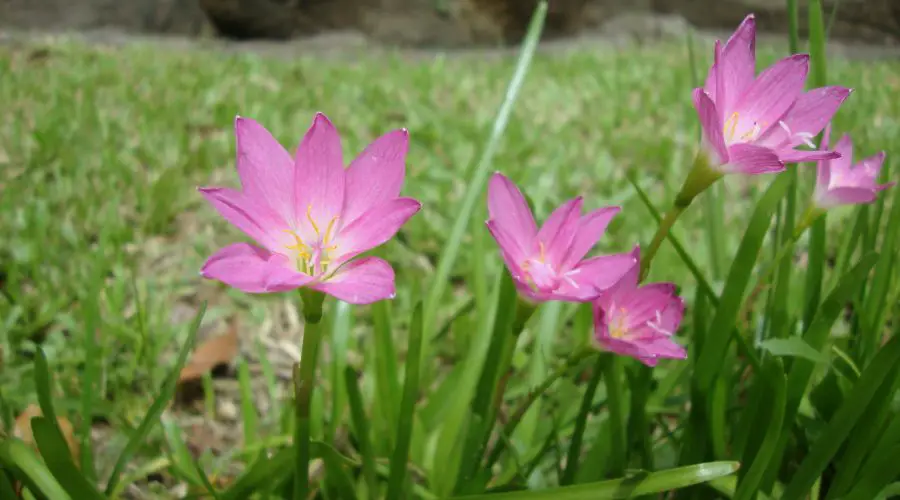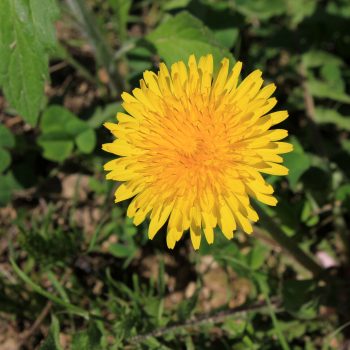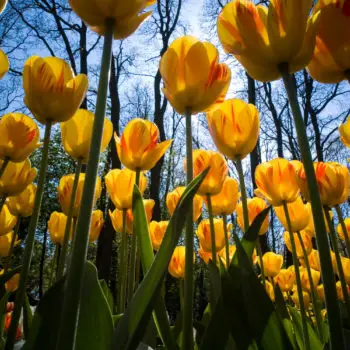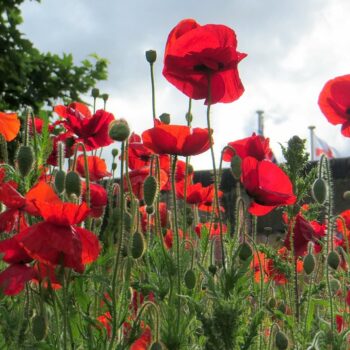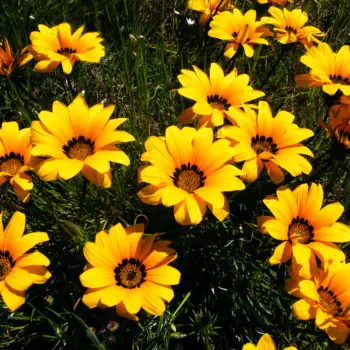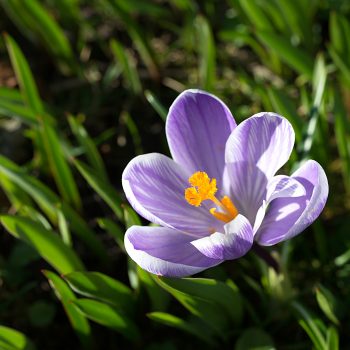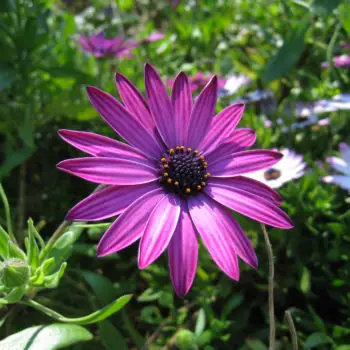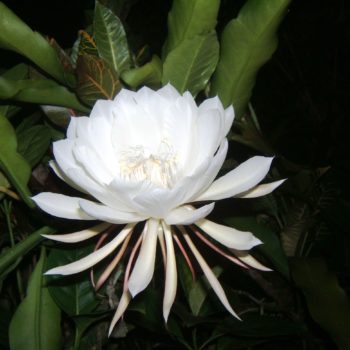Why Do Flowers Close Up at Night
The plants are amazing in their forms, behavior and adaptations. They are beautiful in their complexity and habit. Many people appreciate their beauty, but also their ability to survive, grow and reproduce. They are amazing in their ability to adapt and prosper wherever they grow.
Sleepy Plants
The adaptation of plants is a long term process involving various generations. They use different resources to achieve the best conditions for development and reproduction. In this way, the plants adapt to the environment, which improves their growth. In order to survive, plants need to adjust their own metabolic and physiological processes at different levels.
A range of plants appear to adapt their behavior to day and night cycles or temperature changes. Accordingly, some plants appear to shut down and go to sleep at night. This tendency sometimes confuses people into thinking that something is wrong with their plants, but there is nothing wrong with them.
How Do Plants Sleep?
Some flowers have petals that are open during the day, but close up at night (or vice versa), reacting to light or temperature changes. It is a behavior called nyctinasty. The name comes from the Greek “nux”, which means night, and “nastos”, meaning pressed down. Nyctinasty is a mechanism that causes plant movements in response to the day-night cycle or temperature changes. It is a tactic movement of a plant controlled by a biological clock, with light not only acting on the ion absorbing mechanisms, but also by resetting the clock.
The botanist concluded that plants experience circadian rhythms just as humans do. Bright sunlight is a trigger for humans to know what time to sleep and when to be awake. Plants don’t have a central nervous system, which is an essential regulator of sleep in humans, but they do tune themselves to a circadian rhythm much as we do. The plants’ internal chemical signals keep the system running on its own, though it gradually loses synchronization with light stimuli, much like we do. Some species remain open day and night, while some of them only open during the warmer parts of a day. Other species only have their leaves and flowers open at night.
Day Bloomers and Night Bloomers
Those plants that close up their flowers at night, such as Dandelions, Tulips, Poppies, Gazanias, Crocuses and Osteospermums are day bloomers. They close at night and reopen in the morning, in a manner reminiscent of “going to sleep”. The flowers usually close at night in environments in which nights are cold and wet.
Day Bloomers
Many plants close their flowers when the sun goes down or the temperature drops. However, some species are night bloomers, opening in the evening and staying fresh until the next day. The flowers that are pollinated by moths or bats only open at night. They just need to attract nocturnal pollinators that must find them in the dark.
Some of the most exotic flowers are night-blooming flowers. Gladiolus tristis or The Night Gladiolus is only scented at night and into the early morning. Ipomoea alba, widely known as Moonflower, produces beautiful, white flowers which not only bloom in the morning but also all night long. Epiphyllum oxypetalum, also known as Kadupul or Queen of the Night has an extremely short lifespan. It blooms rarely and only at night, and then will die by the next morning.
Plants with flowers that only open late in the day or at night are often used in night-blooming gardens or moon gardens. Plant night blooming plants and enjoy their fragrance and gentle beauty.
Night Bloomers
They open and close their flowers, but how do they do it?
Some plants grow new cells to facilitate petal movement. They grow new cells on the outside of the petal base to force them to shut and then grow more cells on the inside to open them again. The expansion of growing cells either “pulls” the flower open, or “pushes” it closed.
Other plants grow their lower petals faster than their upper petals, forcing the flower to close, while some of them initiate the closure by pumping water out of cells at the base of the petals.
Each mechanism is an intriguing and artful activity developed by certain species over millions of years of evolution.
Why Do Plants Sleep?
Although the mechanisms of flower closure have been widely studied, we still don’t know why some plants evolved this way. However, there are some theories that are postulated.
Some scientists believe that this behavior prevents pollen from becoming wet and heavy with dew, based on the simple fact that the pollen of most plant species loses its viability when it gets wet. The advantage of dry pollen is that it is lighter and more easily distributed by insects.
Charles Darwin, well known for his theory of evolution, thought that plants close up at night to protect themselves from freezing.
Another theory suggests that nyctinastic plants are conserving energy for the daytime when pollinating insects are most active.
Closing at night may also protect the pollen from unwanted pests. For plants that use pollinators that are active during the day, closing flowers at night protects the pollen and other delicate flower parts from “night robbers” and yet allows a welcome reward for the desired pollinator. Many flowers are pollinated by birds and insects that are active during the day, so there is no reason to be open at night. However, some types of flowers are pollinated by bats at night, thus they will be open at night and closed during the daytime.
Researchers are still trying to understand the mechanism that makes this movement possible. But surely, these funky plants are dancing in a rhythm and they are fun to watch!

